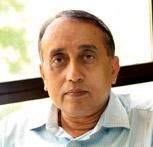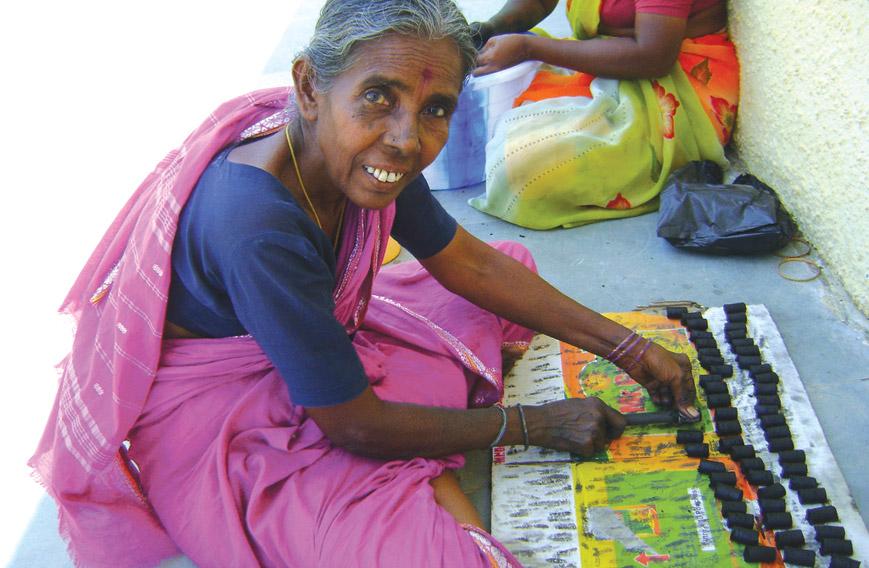
MATHEW CHERIAN
This year’s Budget presentation was preceded by hope that there would be a departure from the past. On the last day of February, Finance Minister Arun Jaitley indicated that the emphasis would be on social security as promised in the BJP manifesto.
With regard to the elderly, this is what he proposed:
- A new scheme for providing physical aids and assisted living devices for senior citizens below the poverty line.
- From unclaimed deposits of about Rs 3,000 crore in the PPF and approximately Rs 6,000 crore in the EPF corpus, creation of a Senior Citizens’ Welfare Fund to subsidise the premiums of vulnerable groups such as old age pensioners, BPL card-holders, small and marginal farmers and others.
The proposals in this regard are as follows:
- Increase in the limit of deduction in respect of health insurance premium from Rs 15,000 to Rs 25,000.
- For senior citizens the limit will stand increased to Rs 30,000 from the existing Rs 20,000.
- For very senior citizens 80 years old or more, who are not covered by health insurance, deduction of Rs 30,000 towards expenditure incurred on their treatment will be allowed.
- The deduction limit of Rs 60,000 towards expenditure on account of specified diseases of serious nature is proposed to be enhanced to Rs 80,000 in case of very senior citizens.
- For the benefit of senior citizens, service tax exemption will be provided on Varishta Bima Yojana.
- Increase in the limit of deduction under Section 80CCC of the Income-tax Act on account of contribution to a pension fund of LIC or IRDA-approved insurer from Rs 1 lakh to Rs 1.5 lakh.
- Increase in the limit of deduction under Section 80CCD of the Income-tax Act on account of contribution by the employee to the National Pension Scheme (NPS) from Rs 1 lakh to Rs 1.50 lakh. It is also proposed to provide a deduction of up to Rs 50,000 over and above the limit of Rs 1.50 lakh in respect of contributions made to NPS.
- Increase in the limit of deduction on account of contribution to a Pension Fund and the New Pension Scheme from Rs 1 lakh to Rs 1.5 lakh.
To provide a social safety net and pension facility to individuals, an additional deduction of Rs 50,000 is proposed to be provided for contribution to the New Pension Scheme under Section 80CCD.
It would seem that the focus is to create a pensioned society. This is very well-intentioned but pensions for the poor was not a priority in the Budget. The New Pension Scheme has very few takers so the government is trying to make it a success.
The National Old Age Pension Scheme (NOAPS) under the National Social Assistance Programme (NSAP) was introduced as a centrally sponsored scheme in 1995. It provided a monthly pension of Rs 75 to a destitute person over the age of 65. The limited coverage of the scheme was basically due to resource constraints since, as against 8.71 million eligible beneficiaries, only five million could be covered under the scheme, using central funds.
On 1 April 2000, a new scheme called Annapurna was launched with the objective of providing food security to the destitute who were not being covered under the National Old Age Pension Scheme. This scheme was expected to cover 20 per cent of the older persons eligible for NOAPS. The scheme was not received well by the states as some refused to implement it and others demanded modifications. In 2001-2, as against the target of 1.34 million persons, only 15 per cent could be covered.
In 2007, NOAPS was renamed the Indira Gandhi National Old Age Pension Scheme (IGNOAPS) and made applicable to all older persons belonging to families living below the poverty line. The central contribution per beneficiary per month was increased to Rs 200. In 2011, the age criterion was reduced to 60 years and the monthly amount was increased to Rs 500 for persons aged 80 and above.
In 2002-3, the scheme covered 7.4 million older people and in 2010-11, this number was 17 million. In addition, 0.8 million were covered under Annapurna in 2002-3 and one million in 2010-11.
The inadequacy of the numbers and amount should be seen in the context of population ageing and also in terms of the older persons living below the poverty line, along with the rise in the cost of living over the years and lack of facilities like healthcare.
It is important to mention the pathetic recommendations of the Task Force on National Social Assistance Programme, Ministry of Rural Development, which submitted its report in March 2013:
- Immediately increase central assistance to `300 per month for the age group 60-79, which will require an additional outlay of `1,762 crore per annum. This will benefit the existing 1.47 crore old age pensioners in this age group.
- Rates of assistance should be indexed to inflation annually, using
- The criteria adopted for payment of dearness allowance to central government employees.
- Coverage should be expanded over the Twelfth Plan period in a phased
- Manner, with the ultimate objective that all households eligible for benefits under the National Food Security Act will also be covered.
However, the allocations in this Budget for the elderly clearly amount to an additional allocation of Rs 10,000 crore, Rs 9,000 crore for a Senior Citizens’ Welfare Fund and another Rs 1,000 crore for assistive devices. The amount allocated for senior citizens is still less than 0.032 per cent of GDP.
Is it too much to ask the goverment to commit 1 per cent of the GDP for the various schemes benefitting 10 per cent of the population? Is it too much to ask that each ministry allocates proportionate human and material resources to deal with the respective aspects of age care? Is it too much to ask the refurbished Niti Aayog to continue to include the important concerns of the ageing population in its deliberations? And, is it too much to ask the representatives of the people in Parliament to ask certain pertinent questions on behalf of the voiceless 10 million elderly Indians? What has the government done to improve the condition of older persons in the country and what are its plans to do so in future? Why has the government not mentioned the concerns of older persons in its schemes and budgets?
This Budget has also failed India’s elderly. Though the Finance Minister’s speech indicated the right intentions, there was not much allocation to favour the elderly poor.
Mathew Cherian is CEO of HelpAge India
Comments
Currently there are no Comments. Be first to write a comment!




